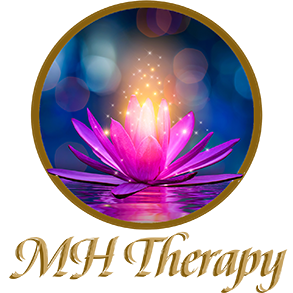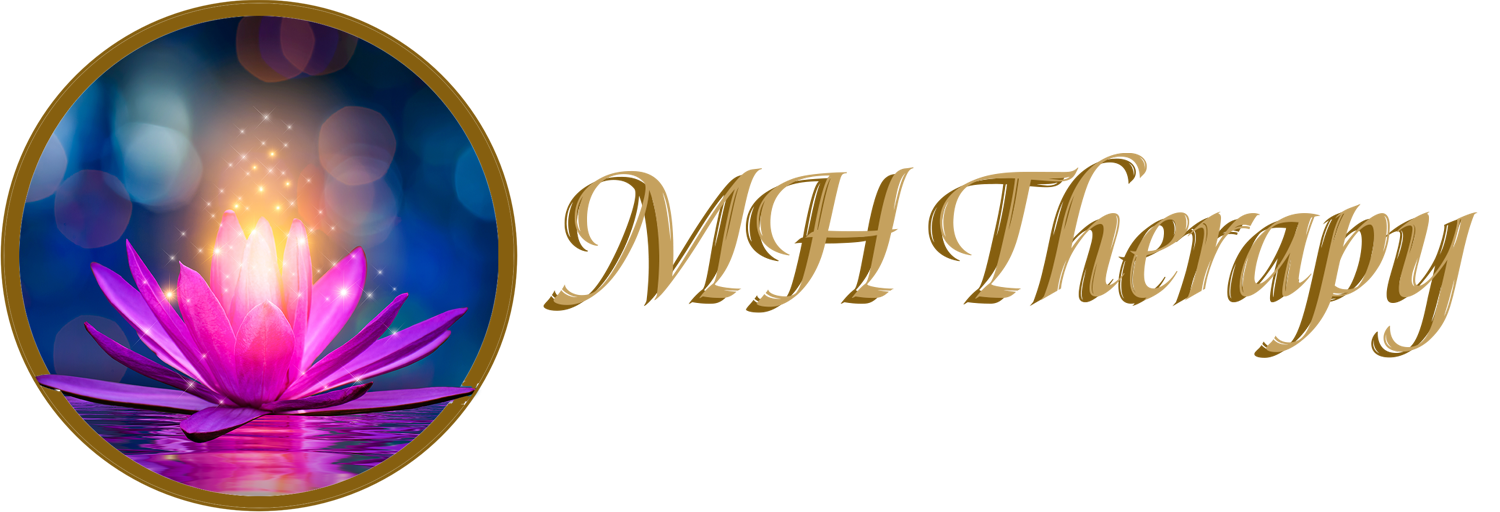In today’s article, we’re delving into the fascinating world of psychotherapy techniques, where the goal is to boost mental well-being. So, put on your explorer’s hat, grab your mental compass, and let’s embark on this adventure together.
What is Psychotherapy?
Before we dive into techniques, let’s start with the basics. Psychotherapy is like a heart-to-heart chat with a professional who knows the ins and outs of the mind. It’s a bit like seeking advice from a wise wizard, but instead of magic spells, they use evidence-based techniques to help you feel better.
The Therapist: Your Co-Pilot on This Journey
Think of your therapist as the co-pilot on your flight to better mental health. They’re there to guide you through turbulence, help you navigate rough patches, and ensure you reach your mental well-being destination safely.
Why Do We Need Psychotherapy Techniques?
Life can throw curveballs – stress, grief, relationship drama. Psychotherapy techniques are like the tools in your mental health toolbox. They help you tackle these challenges head-on and build resilience.
Technique #1: Cognitive-Behavioral Therapy (CBT)
CBT is the rockstar of psychotherapy techniques. It’s all about reprogramming your mental software. Imagine your brain as a computer, and CBT is the upgrade that helps you replace negative thought patterns with healthier ones. Let’s say you’re haunted by thoughts like, “I’ll never succeed.” CBT teaches you to challenge these thoughts, find evidence to the contrary, and replace them with affirmation. It’s similar to hitting the refresh button for your mind.
Technique #2: Mindfulness Meditation
Ever felt like your mind is a wild horse, galloping in all directions? Mindfulness meditation reins that horse in. It’s all about living in the moment, paying attention to your thoughts and feelings without judgment. With mindfulness, you learn to tame the mental chaos. You become an observer of your thoughts rather than a captive. It’s great for reducing stress, increasing focus, and enhancing self-awareness.
Technique #3: Talk Therapy (Psychodynamic Therapy)
Psychodynamic therapy helps unravel the mysteries of your mind. It is perfect for exploring deep-rooted issues and understanding how past experiences shape your present. It’s a bit like detective work, uncovering hidden motivations, and shedding light on those “Aha!” moments. The goal is to untangle emotional knots and find healing.
Technique #4: Exposure Therapy
Exposure therapy can help with phobias and anxiety disorders. It’s a gradual, systematic way to confront your fears. Let’s say you’re terrified of spiders. Exposure therapy might start with looking at pictures of spiders, then progressing to being in the same room as one (safely, of course), and ultimately sitting close to a spider without the anxiety piece. Over time, your fear decreases, and you start to regain control.
Technique #5: Art and Play Therapy
Art and play therapy encourage creativity and expression when words fall short. It’s especially beneficial for kids and adults who struggle to verbalize their feelings. With art therapy, you might use painting, drawing, or sculpture to convey emotions. Play therapy often involves games or activities that reveal inner thoughts and conflicts. It’s similar to a journey through the world of imagination.
Technique #6: Acceptance and Commitment Therapy (ACT)
ACT teaches you to accept your thoughts and feelings, even the uncomfortable ones, without trying to change or avoid them. Imagine you’re anxious about a big presentation at work. ACT doesn’t promise to magically make your anxiety disappear. Instead, it helps you accept that anxiety is part of life. You commit to your values (like being a confident presenter) and take action despite the fear.
Technique #7: Dialectical Behavior Therapy (DBT)
DBT helps regulate intense emotions and impulsive behavior. For example, if you react impulsively when you’re angry, then DBT equips you with the skills to pause, analyze your emotions, and choose a more thoughtful response. It’s all about finding that middle ground (the dialectic) between extreme emotional reactions.
Technique #8: Interpersonal Therapy (IPT)
ITP is designed to help improve your connections with others. Whether it’s dealing with conflicts, grief, or role transitions, IPT focuses on how your relationships impact your mental health. It’s all about enhancing your social skills and building healthier connections.
Technique #9: Group Therapy
ITP is designed to help improve your connections with others. Whether it’s dealing with conflicts, grief, or role transitions, IPT focuses on how your relationships impact your mental health. It’s all about enhancing your social skills and building healthier connections.
Technique #10: EMDR (Eye Movement Desensitization and Reprocessing)
EMDR is especially effective for those haunted by past traumatic experiences. It involves recalling traumatic memories while the therapist guides your eye movements or taps. This technique helps reprocess the trauma, reducing its emotional impact.
Conclusion
Psychotherapy modalities are unique tools that are ready to assist in your journey to mental health and well-being. Remember, there’s no one-size-fits-all approach. Your therapist will tailor the techniques to your needs and goals. The best part? You’re not alone on this journey. Therapists are like trusty guides, helping you explore the uncharted territories of your mind. So, whether you’re facing anxiety, depression, relationship woes, or simply want to understand yourself better, psychotherapy techniques are your compass. They’re your map to mental wellness. So, go ahead, embrace the adventure, and unlock the treasure of a healthier mind.



